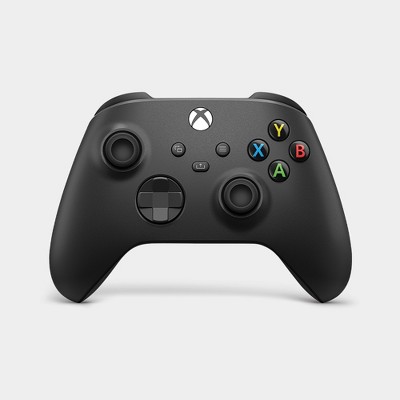Darsazma News Hub
Your go-to source for the latest news and insightful information.
Pixelated Dreams
Dive into Pixelated Dreams for a vibrant mix of art, tech, and creativity that sparks your imagination and ignites your passion!
Exploring the Aesthetic: What Are Pixel Art Dreams?
Pixel art dreams are a fascinating intersection of nostalgia and creativity, capturing the essence of retro gaming aesthetics while inviting modern interpretations. This art form, characterized by its blocky, pixelated graphics, evokes memories of early video games, where limitations in technology led to the creation of visually striking pieces that still resonate today. As artists experiment with pixel art, they often draw on various themes, from whimsical landscapes to intricate character designs, all while maintaining the distinctive charm that pixelation offers.
The appeal of pixel art dreams lies not only in their visual aesthetics but also in the emotional connections they foster. These pieces can tell stories and evoke feelings reminiscent of childhood adventures in fantastical worlds. By exploring these pixelated visions, audiences are invited to engage with art in a playful manner, often recalling their own experiences with pixel art in gaming and animation. As the popularity of this medium continues to grow, so too does the community of artists and enthusiasts celebrating the unique beauty found within the confines of the pixel.

How to Create Your Own Pixelated Worlds: A Beginner's Guide
Creating your own pixelated worlds can be an exciting adventure, especially for beginners looking to tap into their creativity. To start, familiarize yourself with pixel art software. Popular options such as Aseprite, Piskel, or even free online tools like Pixilart can help you design your pixelated landscapes and characters. Once you’ve chosen your platform, begin by sketching a rough layout of your world on paper. This will give you a roadmap to follow as you create various elements like hills, trees, and towers, ensuring your pixelated world comes together harmoniously.
After laying the groundwork, focus on color palette selection. Picking a consistent and appealing palette is crucial for making your pixelated world visually striking. Consider using limited color ranges to convey different moods or themes. Additionally, keep in mind the importance of layering elements to create depth in your world. Utilize tools within your software to add shading and highlights, which will enhance the overall aesthetic of your creation. Don't hesitate to experiment, as creating your own pixelated worlds is all about learning and enjoying the process!
The Evolution of Pixel Art: From Retro Games to Modern Design
Pixel art has its roots in the early days of video gaming, where limited hardware capabilities necessitated the use of simple, blocky graphics. Games like Pac-Man and Super Mario Bros. exemplified this art form, characterized by its distinctive 8-bit and 16-bit graphics. As technology evolved, pixel art became synonymous with retro gaming, cherished for its nostalgic value and the unique charm it brought to the gaming experience. The vibrant colors and creative uses of space in pixel art not only captured the imagination of players but also laid the groundwork for countless indie games that celebrate this art style today, proving that simplicity can often resonate more deeply than hyper-realistic graphics.
In recent years, the resurgence of pixel art in modern design reflects a growing appreciation for craftsmanship and artistry in digital media. Contemporary creators leverage the nostalgic appeal of pixel art to evoke both emotion and creativity in their works. From mobile games to digital animations, the meticulous attention to detail often found in modern pixel art showcases an impressive array of styles and themes, blending traditional techniques with innovative concepts. Special events like pixel art exhibitions and online communities have sprung up, fostering collaboration and inspiring artists to explore the endless possibilities of this timeless form of expression.